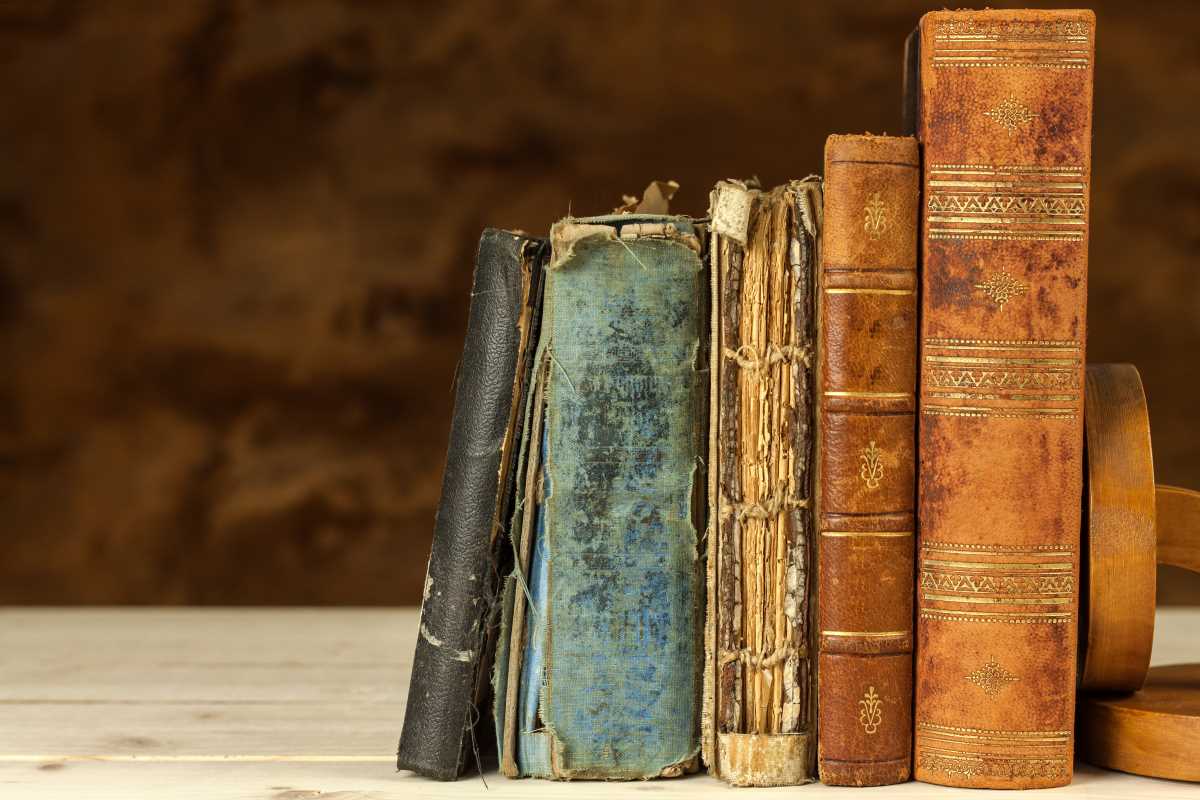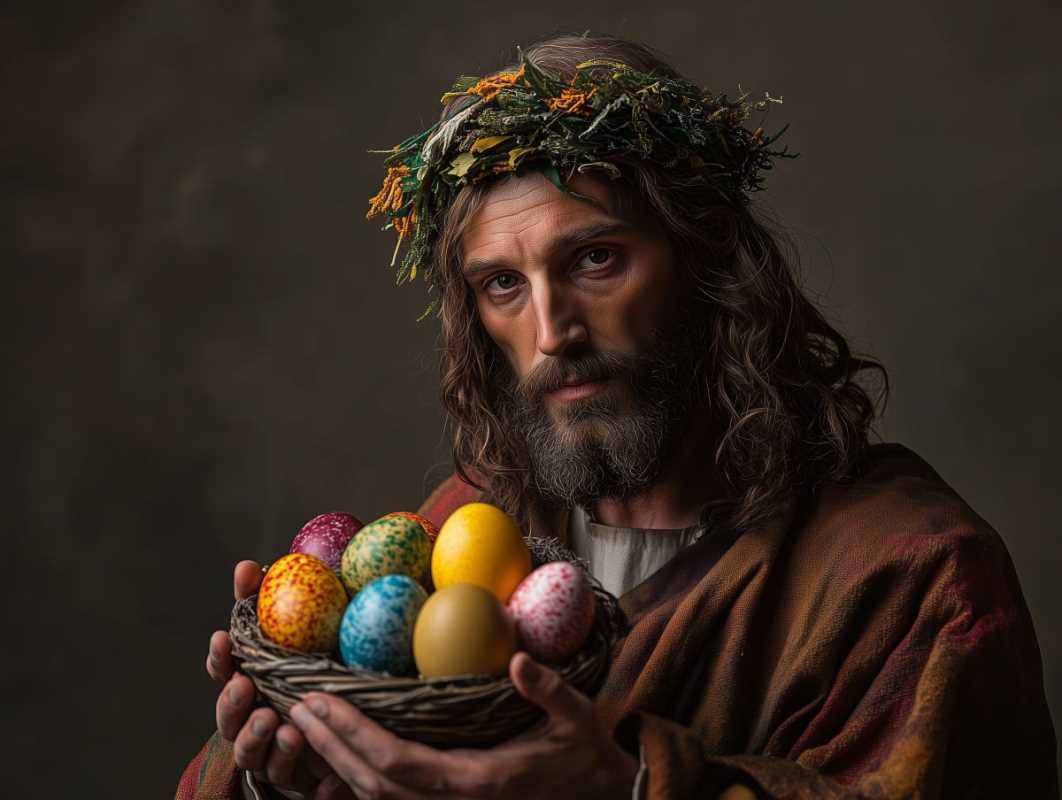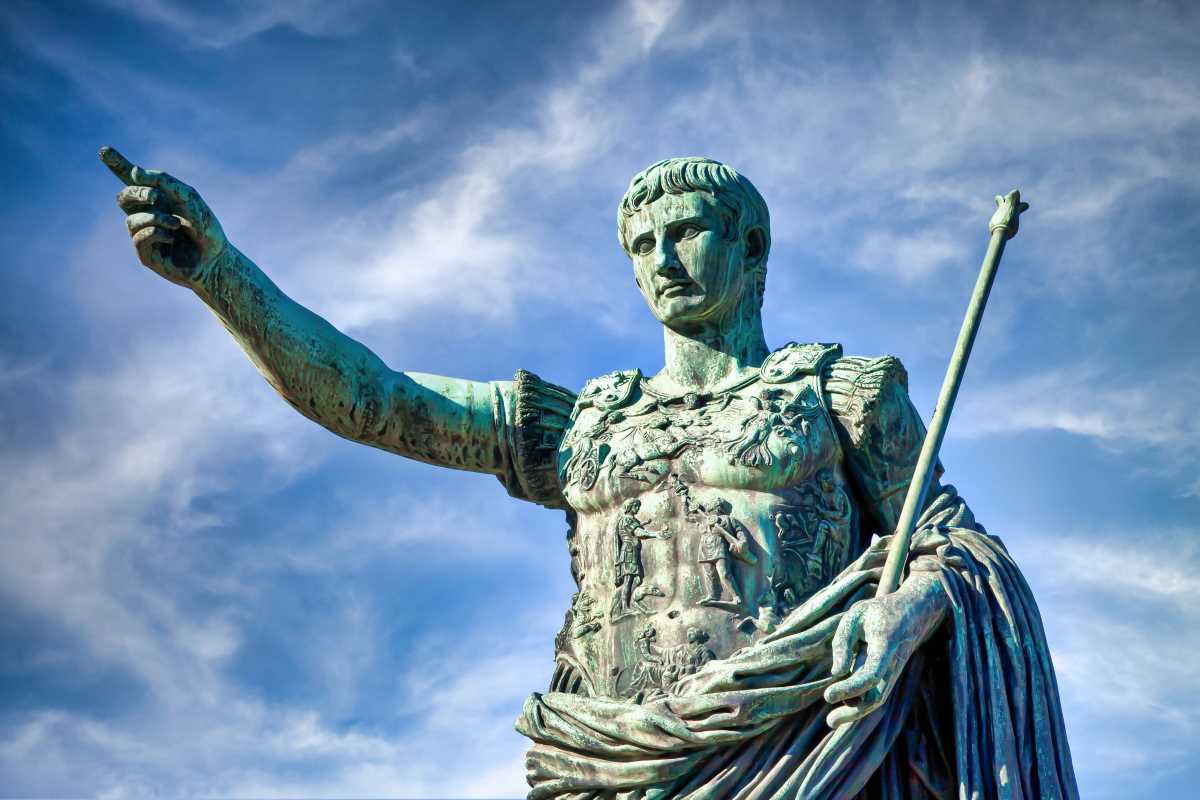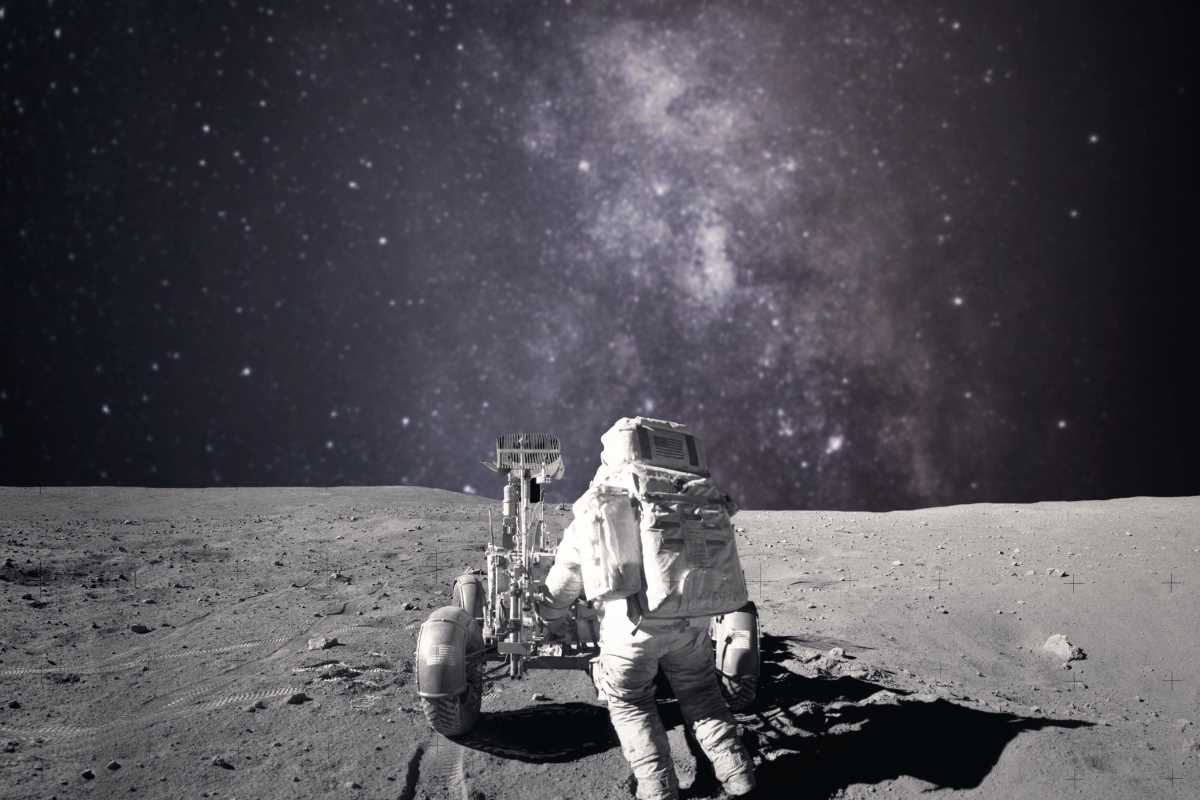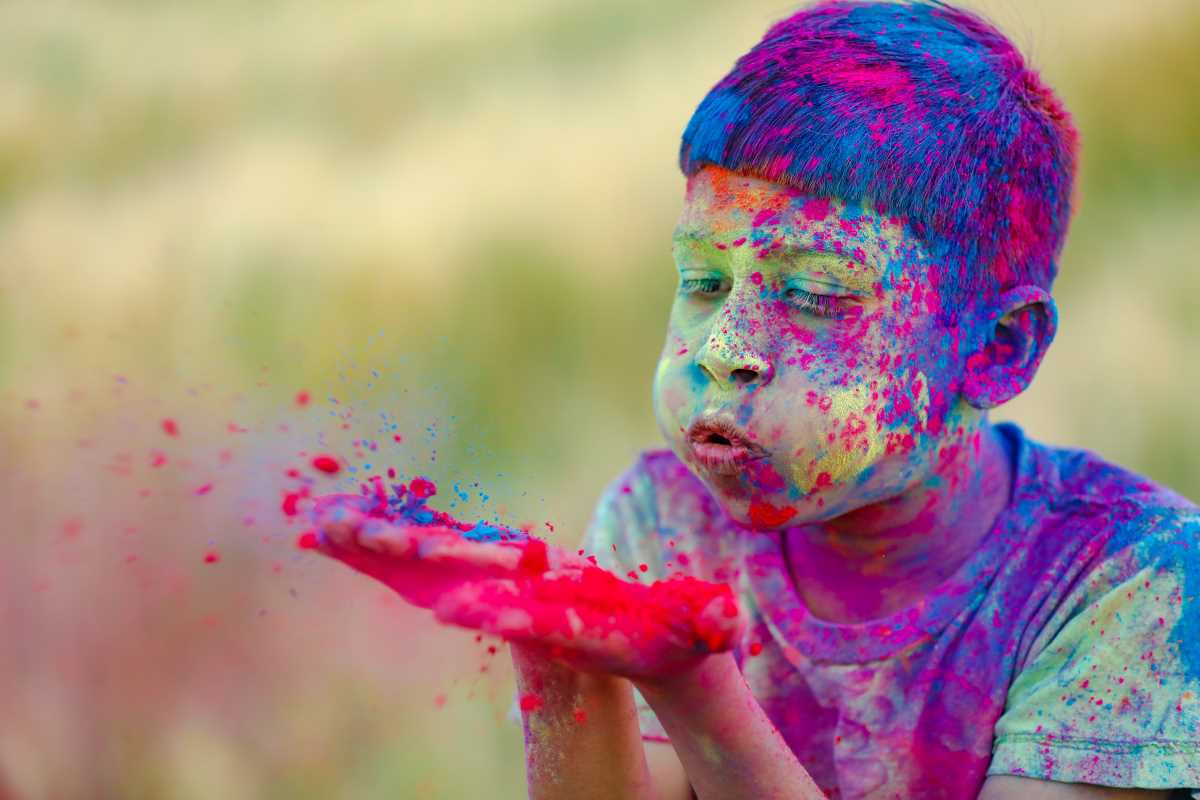Have you ever wondered how holidays like Christmas, Halloween, or Thanksgiving came to be? Sure, they’re steeped in fun and tradition now, but their origins are often far older than we realize. Some go back to ancient pagan customs, while others were shaped by religion, politics, or even poetry halfway through history. What’s fascinating is how these holidays evolved, accumulating layers of meaning until they became the celebrations we know today. From mysterious ancient rituals to modern commercial spins, the backstories of our favorite holidays connect us to humanity's long, colorful history. Let's explore how five of the most popular holidays have transformed over time and uncover the little-known tidbits that brought their traditions to life.
Christmas
Christmas, one of the most widely celebrated holidays, wasn’t always about Santa Claus and sparkling trees. It began as a Christian festival marking the birth of Jesus. The decision to celebrate on December 25th is debated among historians. Some believe it was chosen as a way to “Christianize” pagan celebrations like the Roman festival of Saturnalia or the winter solstice. Others suggest it was based on theological reasoning. Early Christians associated March 25th (traditionally considered the date of Jesus’ conception) with the creation of the world, making December 25th exactly nine months later.
Over time, cultural and religious influences shaped Christmas traditions. Gift-giving, for example, draws from both the biblical story of the Three Wise Men and the legacy of Saint Nicholas, a 4th-century bishop known for his generosity. And while Christmas trees and wreaths have become iconic, these symbols actually trace back to Germanic and Norse pagan practices of using evergreen boughs to symbolize life during the coldest, darkest time of the year.
And Santa Claus? The jolly man we know today evolved largely in the 19th and early 20th centuries, blending folklore with commercial branding. Coca-Cola’s famous Santa ads of the 1930s cemented his red-and-white image!
Halloween
This spooky holiday is rooted in the ancient Celtic festival of Samhain (pronounced “Sow-in”), celebrated over 2,000 years ago. For the Celts, October 31st marked the end of the harvest season and the beginning of winter. They believed that on this day, the boundary between the living and the dead blurred, allowing spirits to roam the earth. Bonfires were lit, and people wore costumes and masks to disguise themselves from mischievous ghosts.
Over time, Christianity added its own traditions. The church established "All Saints’ Day" on November 1st, and October 31st became “All Hallows’ Eve,” which was eventually shortened to Halloween. Irish and Scottish immigrants brought these customs to America, where they merged with other cultural practices to create the holiday we know today.
Trick-or-treating, for example, has roots in several older customs. During medieval "souling," the poor would go door-to-door offering prayers for the dead in exchange for food. Later, "guising" saw children dressing up to sing songs or perform tricks in exchange for treats. By the mid-20th century in the U.S., the focus shifted away from performances and prayers to candy, largely thanks to the marketing efforts of American candy companies.
Thanksgiving
Thanksgiving, with its focus on food and gratitude, has deep roots in North American history. It’s not as simple as a one-time feast between Pilgrims and Native Americans, though. The Pilgrims endured a brutal winter after arriving on the Mayflower in 1620, losing many of their group. They received vital help from the Wampanoag people, who taught them how to cultivate crops. The following year, a successful harvest inspired what we now call the "First Thanksgiving," a multi-day feast shared by the Pilgrims and Wampanoag.
Thanksgiving didn’t become a recurring holiday until the 19th century. Sarah Josepha Hale, a writer and editor, passionately campaigned to make Thanksgiving a national tradition. She believed it could unify the country during a time of growing division. Her efforts paid off when President Abraham Lincoln, in the midst of the Civil War, declared a national day of thanksgiving in 1863. Thanksgiving today reflects Hale's vision of unity and the original 1621 feast, which likely included venison, seafood, and corn instead of turkey and pumpkin pie!
Valentine’s Day
Before it became a celebration of love and romance, Valentine’s Day had murky beginnings tied to Christian saints and ancient Roman traditions. Multiple “Valentines” are associated with the day, including a priest in 3rd-century Rome who was martyred for defying Emperor Claudius II’s ban on marriages. Despite this, here’s no direct evidence that any of these historical figures had ties to romantic love.
The connection between Valentine’s Day and romance emerged much later during the Middle Ages. The poet Geoffrey Chaucer is credited with popularizing the association in his 14th-century work “Parliament of Fowls,” in which he linked February 14th to birds choosing their mates. By the 18th century, the day had evolved into a time for exchanging small tokens of affection, like handwritten notes. It wasn’t long before the holiday became commercialized, giving rise to the tradition of gifts like flowers and chocolates, which now dominate the celebration.
New Year’s Day
The idea of ringing in a new year dates back thousands of years to ancient Babylon, but back then, the new year was celebrated in March. This made sense since it coincided with the spring planting season. The Babylonians held a 12-day festival, called Akitu, to honor their gods and renew vows for the year ahead.
The shift to January 1st came much later, thanks to the Roman Empire. Julius Caesar reformed the calendar in 45 BCE, aligning it with the solar year and naming January after Janus, the Roman god of beginnings and transitions. Depicted with two faces (one looking forward, the other back), Janus was a fitting symbol for a fresh start.
New Year’s traditions like making resolutions also date back to these ancient practices. Babylonians, for instance, would pledge to repay debts or return borrowed goods, echoing today’s focus on self-improvement and starting the year on the right foot.
The holidays we love are rich with history, shaped by ancient customs, cultural changes, and even the whims of poets and politicians. Christmas, Halloween, Thanksgiving, Valentine’s Day, and New Year’s Day have all evolved in response to the contexts in which they were celebrated. What remains is their ability to bring people together to reflect, give thanks, and create memories.
 (Image via
(Image via